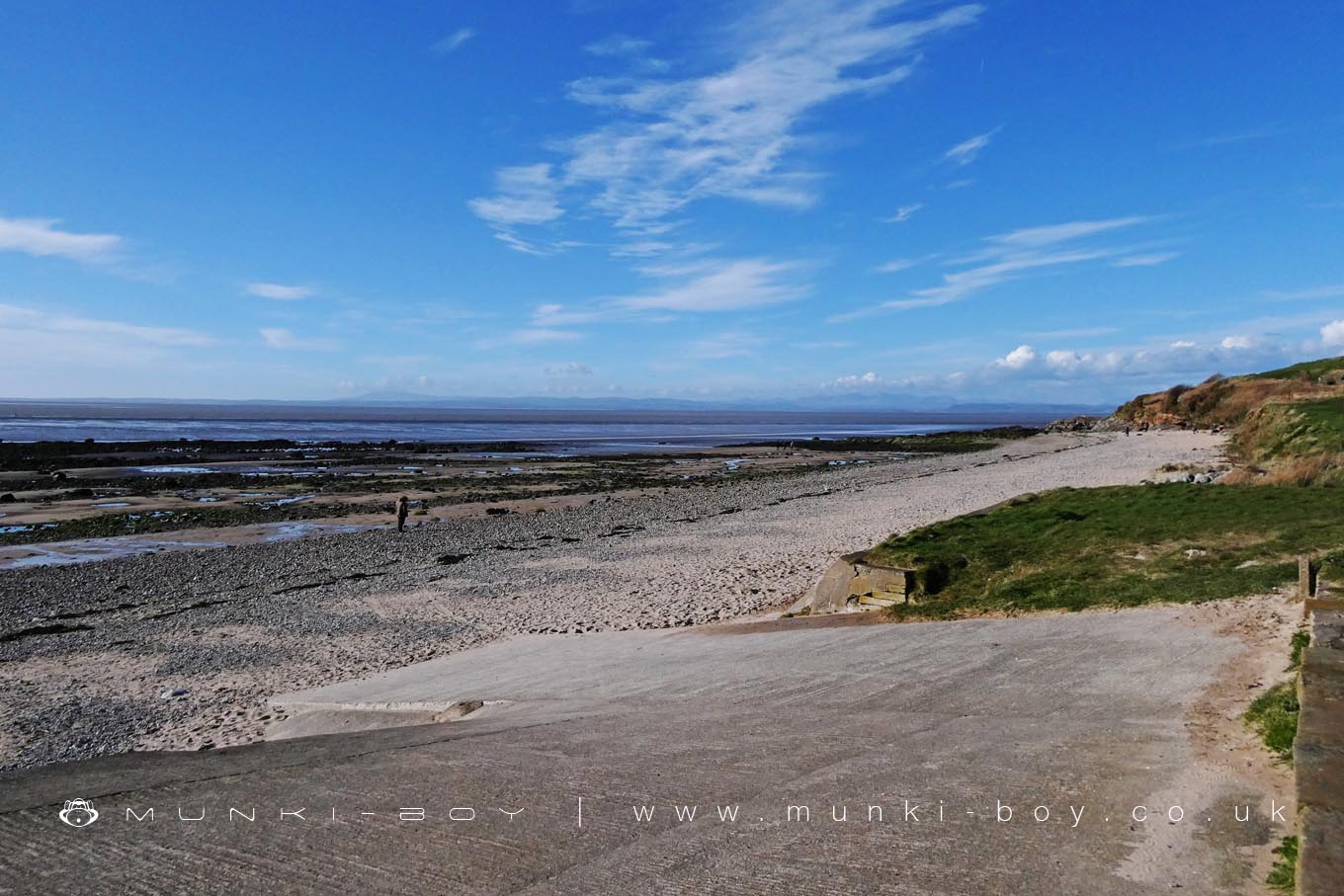
Half Moon Bay by munki-boy
Half Moon Bay
Half Moon Bay at Heysham is a picturesque coastal gem nestled along the northwest coast of England. This charming beach strikes a beautiful balance between the natural allure of sandy shores and the quaint, tactile feel of scattered pebbles underfoot. It’s a place where the rhythm of the waves gently lapping against the shoreline invites moments of serene contemplation and joyous outdoor activities alike.
What sets Half Moon Bay apart is its breathtaking panoramic view across the sea. On a clear day, visitors are rewarded with the stunning spectacle of the Lake District mountains in the distance. Peaks such as Wetherlam, Scafell, and Coniston Old Man stand majestically on the horizon, their silhouettes painting a dramatic backdrop against the sky. These views offer a sense of tranquility and awe, connecting beachgoers with the grandeur of nature’s landscapes.
Moreover, Piel Island, visible from the bay, adds an element of intrigue and beauty to the seascape. This small island, with its rich history and natural beauty, beckons explorers and dreamers alike, inviting them to imagine adventures beyond the shore.
Half Moon Bay isn’t just a place to visit; it’s an experience that envelops you. The blend of sandy stretches and pebbled paths makes for delightful walks, where every step can uncover a new perspective or a hidden treasure along the coast. Whether you’re basking in the sun, exploring the tidal pools, or enjoying the scenic views, there’s a peacefulness that comes from being so close to the natural world in its myriad forms.
Beyond its physical beauty, Half Moon Bay serves as a bridge to the wider wonders of the natural and historical landscape. It’s a gateway to contemplating the enduring allure of the Lake District’s peaks, the silent stories told by Piel Island, and the simple, profound joy of standing where land, sea, and sky meet. Whether you’re a solitary wanderer, a family on an outing, or someone seeking inspiration,
Half Moon Bay, nestled along the picturesque coastline near Heysham, offers more than just scenic beauty; it serves as a gateway to the Earth’s ancient past, particularly through its diverse geological features and the remnants of life from millions of years ago. The predominant bedrock of the area, comprised of the Roeburndale Member, Millstone Grit, and various sandstones, encapsulates a significant chapter of the Carboniferous period, dating back between 328 and 324 million years. These sedimentary rocks, formed from the accumulation of silt, mud, and sand, reflect the dynamic environments of ancient rivers and deltas that once characterized the region.
Amidst this landscape of siltstone, mudstone, and sandstone, a remarkable discovery was made: a crinoid fossil embedded in a dolomite boulder. Crinoids, marine animals with a unique flower-like appearance atop a long stem, thrived in the oceanic expanses of the Carboniferous period. The discovery of such a fossil within dolomite—a rock type noted for its formation in marine environments rich in magnesium and calcium carbonate—highlights the varied geological processes at play over millions of years.
This particular find draws attention to the broader geological context of the area, including the Alston Formation and the Urswick Limestone Formation. Both formations, with sedimentary bedrock formed between 337 and 328 million years ago, and 337 and 330.9 million years ago, respectively, indicate the extensive marine conditions prevalent during the Carboniferous period. The limestone compositions of these formations suggest a landscape once submerged under ancient seas, where organisms such as crinoids flourished.
Given the geological setting and the age of the surrounding formations, it is plausible to surmise that the crinoid fossil dates back to a similar epoch, likely within the Lower Carboniferous period, approximately between 359 and 327 million years ago. This period is renowned for its diverse marine ecosystems, where crinoids, among other marine life, constituted an integral part of the oceanic fauna.
The juxtaposition of the crinoid fossil in dolomite against the backdrop of the area’s predominant sedimentary rocks underscores the complex interplay of geological processes that have sculpted the Earth’s surface. This includes the transportation and deposition of rocks and minerals over vast stretches of time, painting a vivid picture of a landscape that has undergone profound transformations.
Created: 27 March 2024 Edited: 27 March 2024
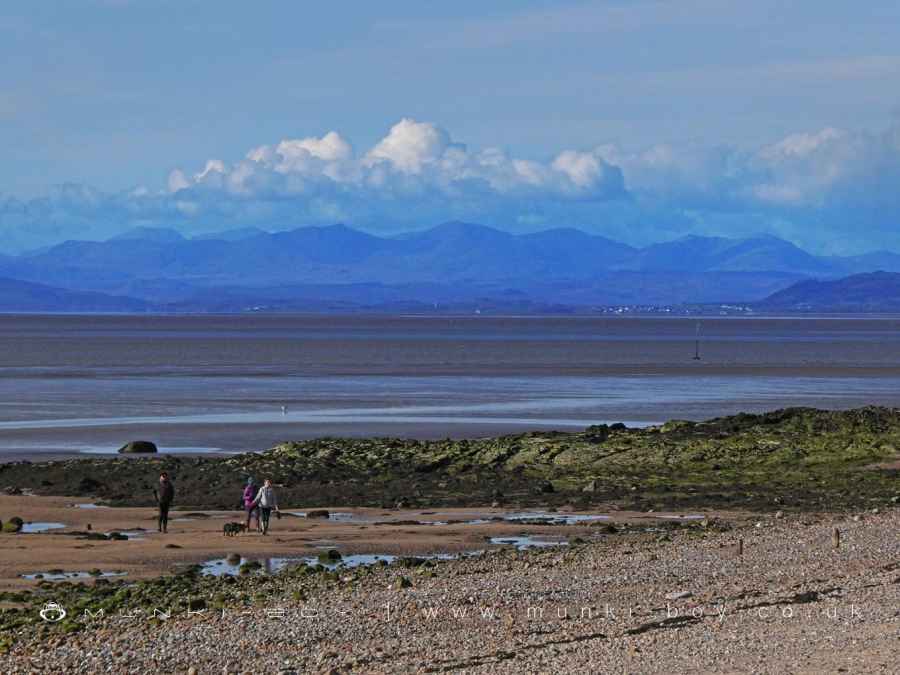
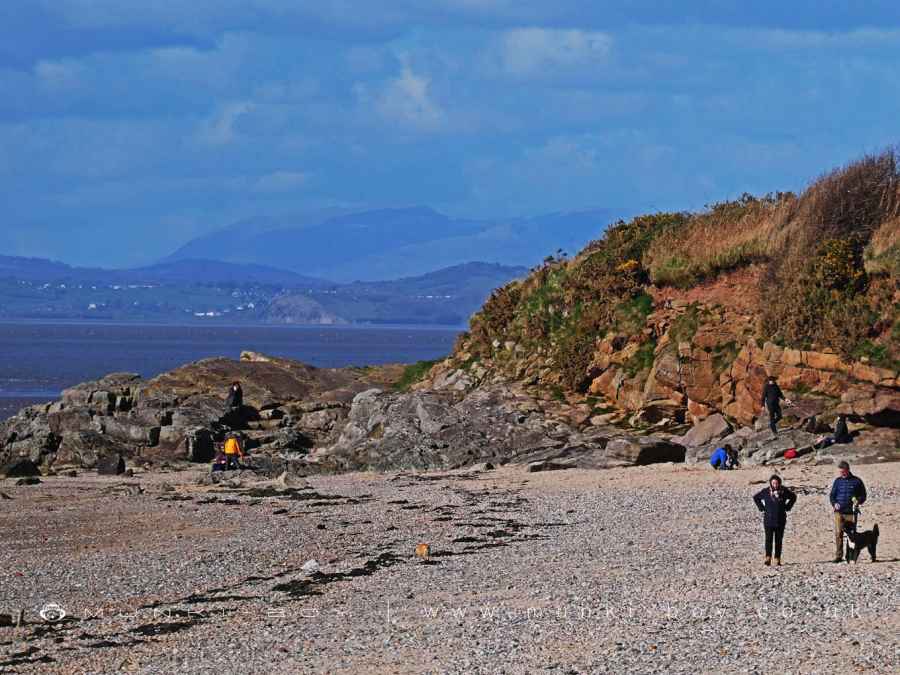
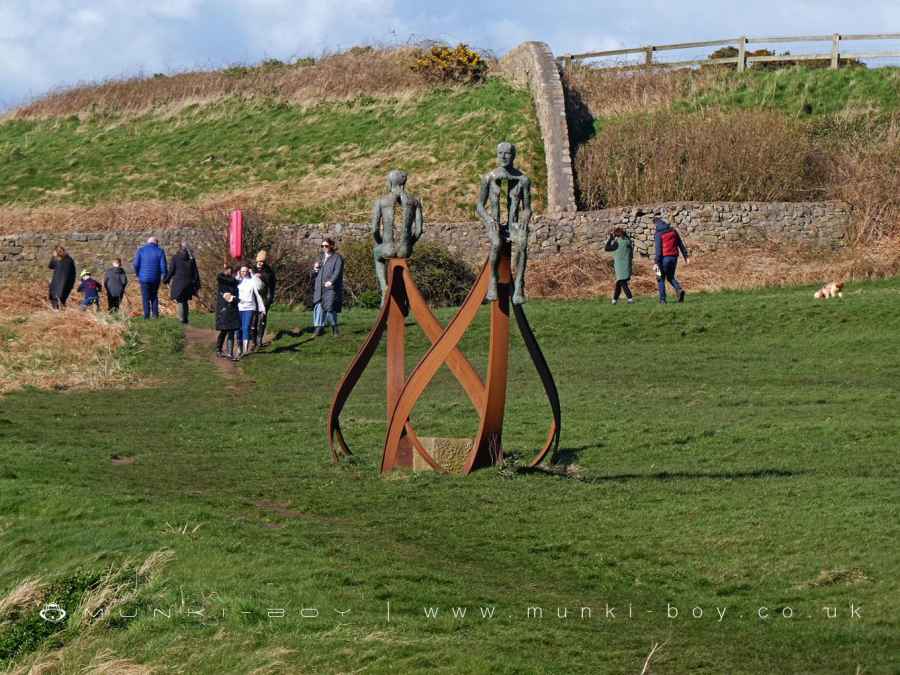
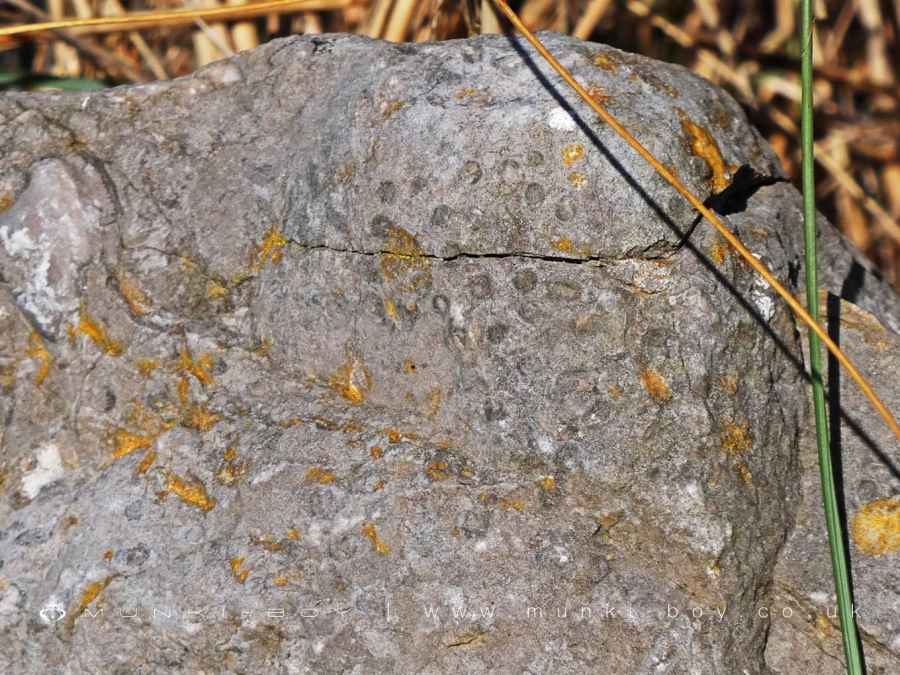
Half Moon Bay
Local History around Half Moon Bay
There are some historic monuments around including:
Glasson DockHigh cross in St Peter's churchyard, HeyshamSt Patrick's early Christian chapel and associated cemetery, Lower HeyshamCockersand Premonstratensian Abbey.



